Creating Habitat for Freshwater Fish
Friday, March 30th, 2018This is Passport to Texas
As we age, it’s natural to experience physical decline. That’s what’s happening to Texas’ reservoirs.
Many Texas reservoirs were formed years ago by constructing dams across rivers. As water filled the low lying areas it submerged trees and shrubs, which became fish habitat.
That organic matter’s been breaking down ever since—and has reached a breaking point in some reservoirs.
This past fall, with the help of local volunteers—and financial support from the Brazos River Authority (or BRA)—Inland Fisheries staff from TPWD completed several projects to improve fish habitat at Aquilla Lake, Lake Georgetown and Granger Lake.
Each water body received a different treatment, from replanting water willows and establishing new plant colonies, to creating artificial reefs, to sinking brush piles—all of which help to improve fishing.
These projects were completed with funding from the Brazos River Authority as part of a multi-year effort to improve all 11 BRA System reservoirs in the basin through 2020.
Learn about these habitat projects as well as others that have taken place in reservoirs across the state on the TPW website.
The Sport Fish Restoration program supports our series.
That’s our show…For Texas Parks and Wildlife, Cecilia Nasti.
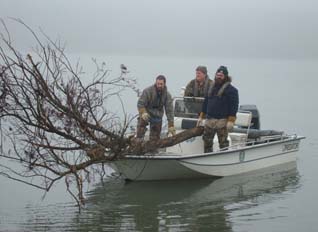

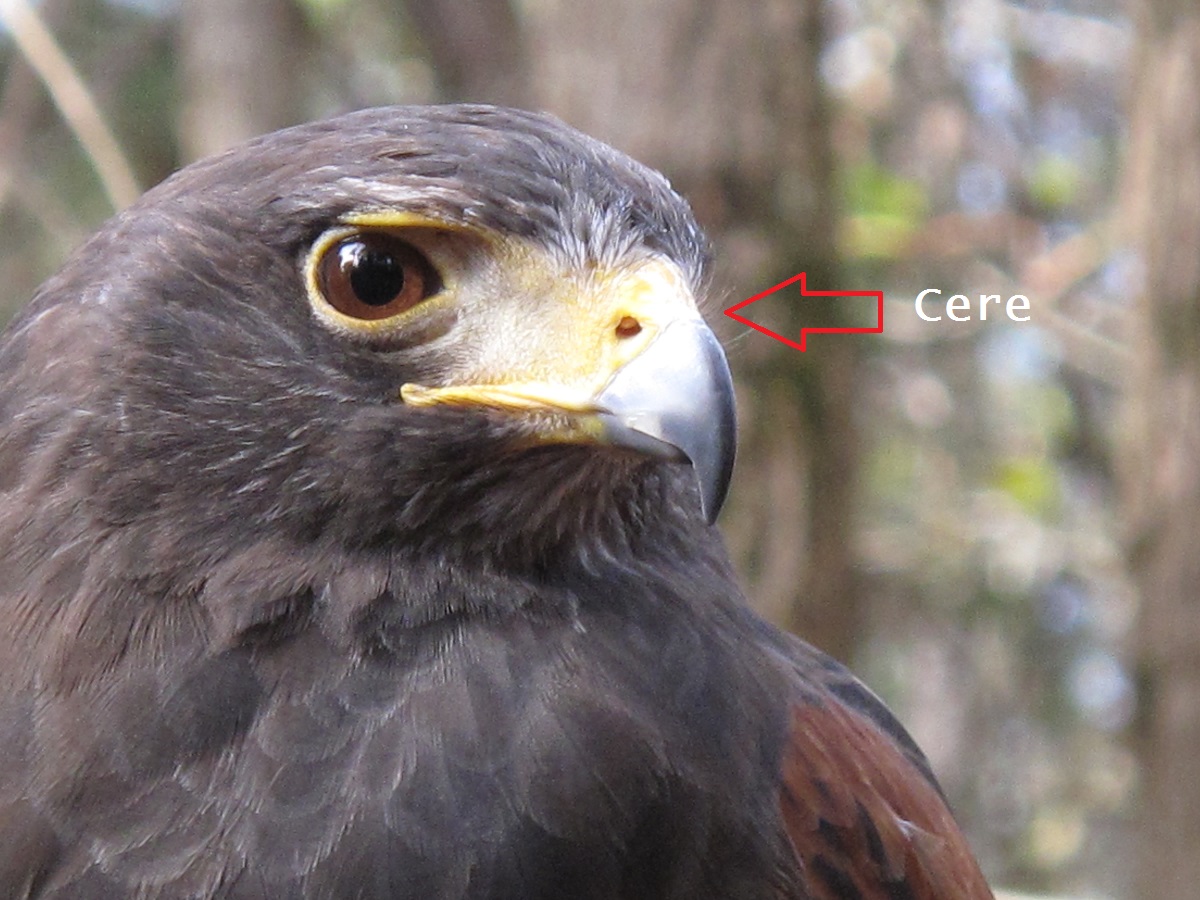
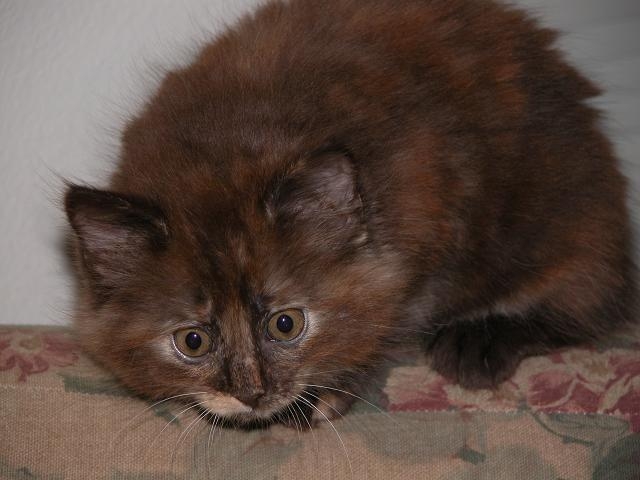
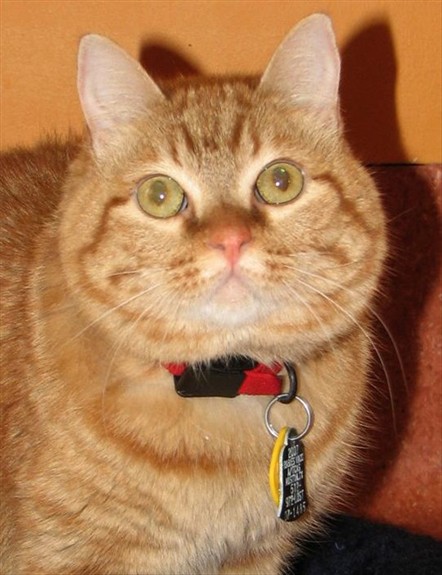
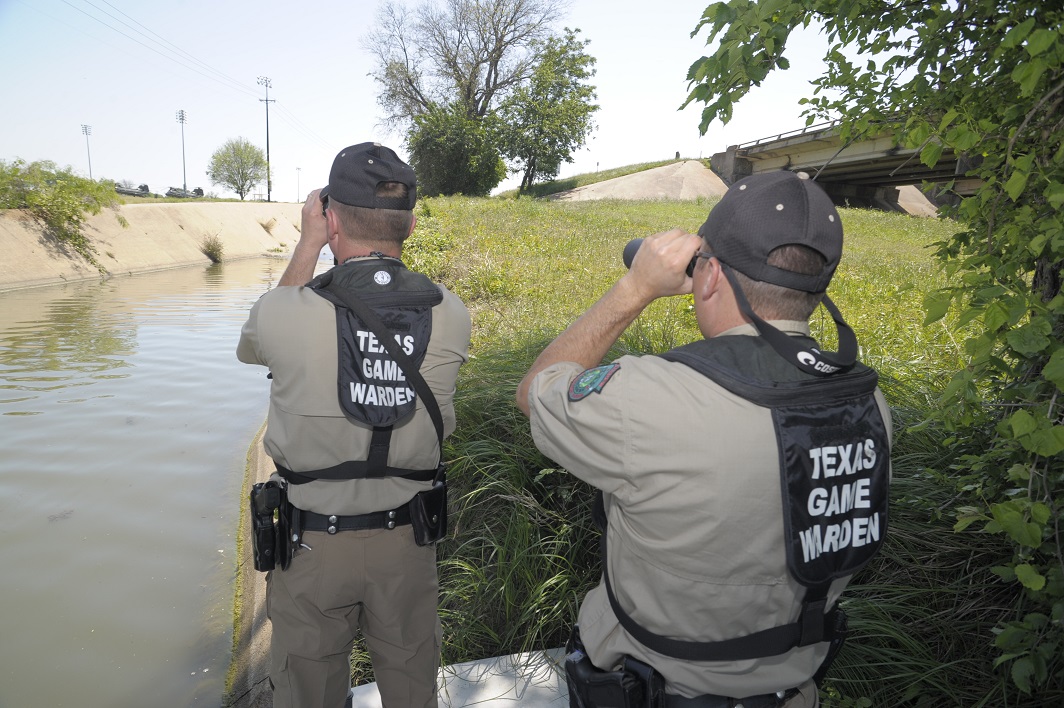

 Passport to Texas is a
Passport to Texas is a  Passport to Texas is made available by:
Passport to Texas is made available by: